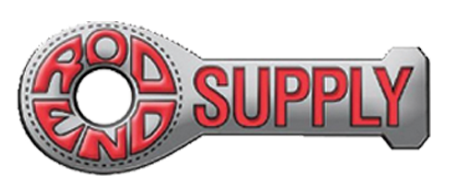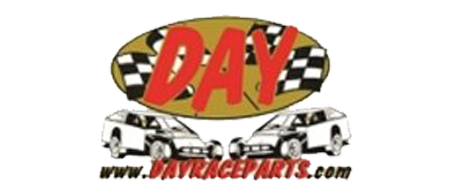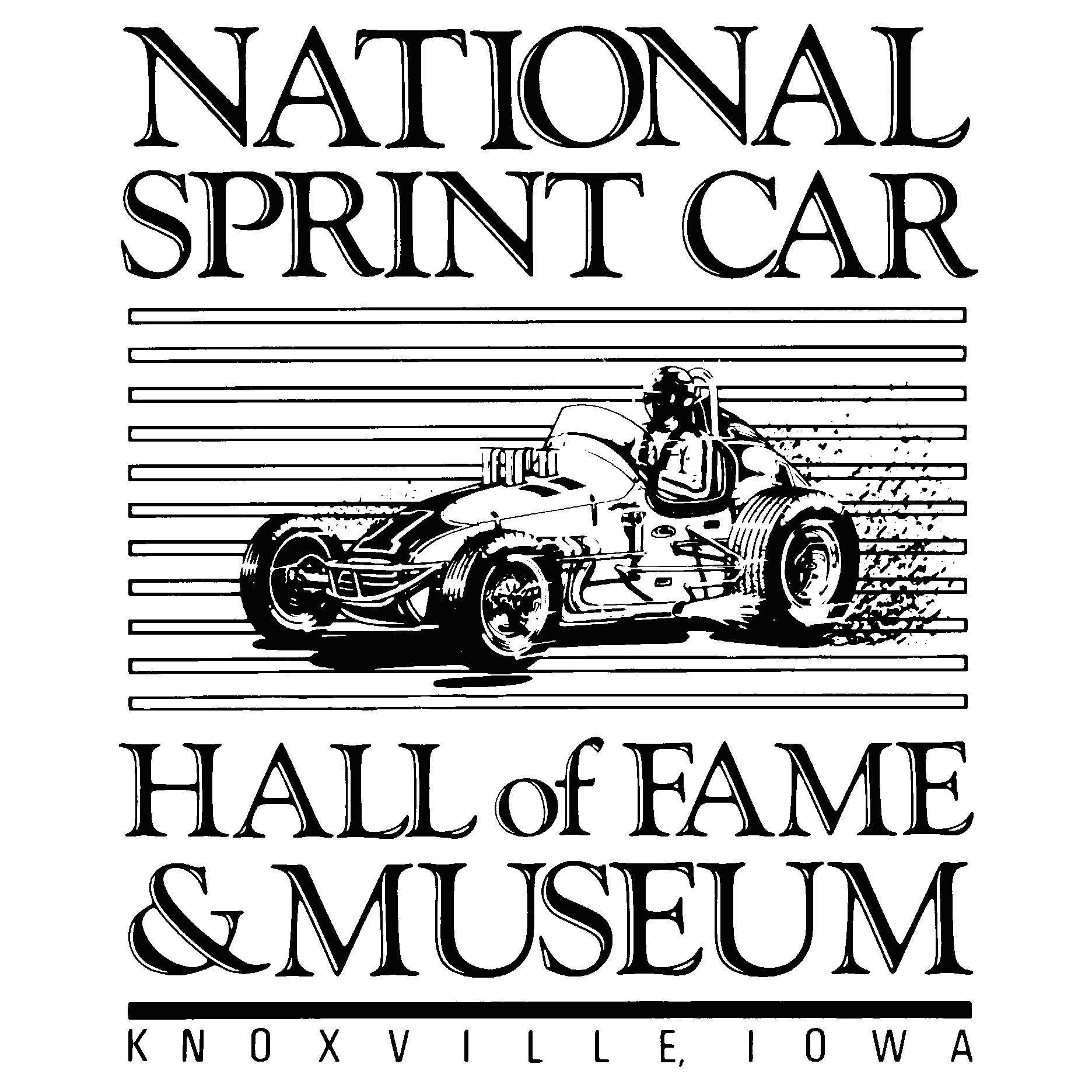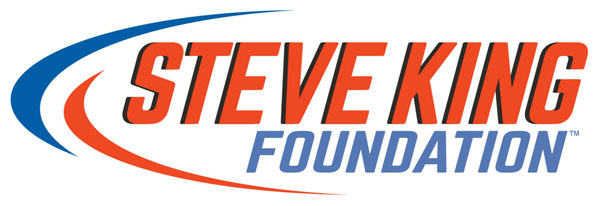Corey LaJoie's crashes have proven out the safety of NASCAR's new car
Photo by HHP/Andrew Copley
MADISON, Ill.—Corey LaJoie, the self-proclaimed crash test dummy, walked gingerly through the Cup garage at World Wide Technology Raceway on Saturday.
Coming off two wrecks from last weekend at Charlotte Motor Speedway, the third-generation racer was still feeling the effects of slamming the wall in practice and again in the Coca-Cola 600.
The 31-year-old was already beaten up before entering NASCAR Cup’s longest race last Sunday. And LaJoie hasn’t had much time to recover entering this weekend’s Enjoy Illinois 300.
“I did just about every treatment there was to unring a bell,” LaJoie said. “I talked to (Dale Earnhardt) Junior a lot this week. Two wrecks close to 30g (forces) left side by two left-rear tires is not how you draw up a good weekend. But luckily the safety of these cars, they are obviously a topic of discussion.
“I think generally they're really safe cars, especially for intrusions or if we get upside down, but if something happens where--we see a lot of left for issues right now with not really understanding, especially being a small team, not getting the latest and greatest tire info, we don't really know where that limit is of camber, air pressure, bump stop, load that makes these things fail like we continue to see.”
LaJoie pilots the No. 7 Chevrolet for Spire Motorsports—a two-car operation but far from one of the powerhouses of the sport. Following Sunday’s wreck, he dropped to 31st in the Cup point standings. Now, LaJoie is desperately trying to dig his way out while trying to remain healthy in the process.
“Unfortunately, we blew the primary, blew the backup and the 77 (car, driven by Josh Bilicki) blew the left rear as well and wrecked it,” LaJoie said. “So, I'm more concerned about trying to figure that out so it doesn't happen again because it on top of ringing your bell, it also makes for a really bad points and it doesn't pay very good. So, it's trying to be more more cautious about how your head's surround padding is in place and the things you can do to prepare yourself for instances like that.
“There's some stuff you can do before you get into the car, but there's also stuff you can do after just to make sure you're in top shape coming into the weekend.”
That’s tough when a driver bounces off the wall for an initial hit then spins around and slams into the wall again. LaJoie thought he was finished wrecking on Saturday, took his head off the headrest and with the second hit, slapped his head against the left-side headrest.
“That one did not feel good,” LaJoie said of the 27g-force hit. “You aren't prepared for it and that’s the ones where your head smacks and it might make your eggs over medium.’
Still, LaJoie doesn’t believe NASCAR has received enough credit for the new car. He understands the latest generation is a work in progress. The sanctioning body is currently looking at potentially softening the front clips and adding left-side energy-absorbing foam to the car.
LaJoie understands cutting-edge safety technology. His father Randy LaJoie, a two-time Busch Series champ, developed one of the premier seat-building companies in motorsports. LaJoie has worked alongside his father over the past decade and has been exposed to the evolution of safety within the cockpit..
“I think that obviously, I know more about seats and head surrounds, I've been doing it since I've been a kid—welding seats and doing SFI (SEMA Foundation, Inc. safety) tests,” LaJoie said. “I was the one that developed for our company, attaching the belts to the seats with Dad. So, I've been doing this thing for 10 years. I do understand all that it goes into and how much your body weighs when you hit something at 30-30 X what your body weight is.
“With that being said, I don't expect it when you crash a 3600-pound car at 180 miles-an-hour for it not to hurt. There's an element of danger to this that you inherently sign up for, but everybody is working to try to lower the potential damage. I don't think it's a quick fix or snap your finger (solution).”
LaJoie isn’t the only driver to have his bell rung this season. He says there have been plenty of 40-g hits such as Ross Chastain’s shunt at Auto Club Speedway in March. Joey Logano and Bubba Wallace have also experienced major incidents behind the wheel of the new car.
Each driver is different when it comes to preferences of safety innovations in their car—and balancing their level of comfort at the same time. So within the rules there’s a variety of precautions being used.
“Everybody prefers different headrest densities,” LaJoie said. “Everybody prefers different gaps to their head, and it's a little bit of a push-pull between driver feel versus NASCAR would tell you--to run the foam as tight to your head as possible. So you get none of this. But then again, when you hit bumps and rattles your eyeballs out, there's definitely a balance there.
“NASCAR tells you to run the gap tight where a lot of guys might, like myself included, want to run as the big gap as possible so your neck and everything can kind of absorb the little high-frequency bumps but whenever you whip the fence at 30, geez, if your head's not on the headrest foam, that's what that's where the injuries lie.”
The latest Cup car was created with efficiency in mind—with the weight of the center section weighing as much as the complete chassis from the previous car, according to LaJoie, in an effort to limit the need of replacing the center sections every time drivers experienced a routine hit. Since the car’s inception, many drivers have referred to the vehicle’s chassis as rigid.
“They also wanted to make the car, knock on wood, the only way we kill somebody in one of these things now is if something comes through the window net or it gets upside down or somebody hits you in the door, T-bone style at speed. Those are about the only ways of an outlier crash, somebody will not walk out of a car, so NASCAR built this intersection to take the to accompany the outlier accidents, right? The three-percent of hits—probably even less than that—but with that, they made this car stiffer for the 97-percent 98-percent of the other crashes—right-front blown, back it into the fence, any routine crashes.
“We generally see the car is considerably stiffer to take the outlier crash, right? So there's a lot more rigid bumpers front and back. There's a lot like the left-side door bars specifically for the left-side hit or out further because they wanted to get the door bars away from the driver. So it has more area to crush if they do get hit in the door, which takes energy-absorbing foam away.”
LaJoie believes extending the door bars out and adding an inch of energy-absorbing foam on the outside could lessen the blow for the drivers—particularly given the rash of recent tire failures that have accompanied the new car.
“(If) you blow left rear, no matter if it was the old car, ARCA car, it's going to hurt,” LaJoie said. “So I would rather if I'm sitting on the racetrack—broadside—and I get hit in the door, I would rather my chances of walking out be higher and my chances of ringing my bell, with a left-rear down, be slightly higher, that's the trade I'm willing to make personally.”

.png)





